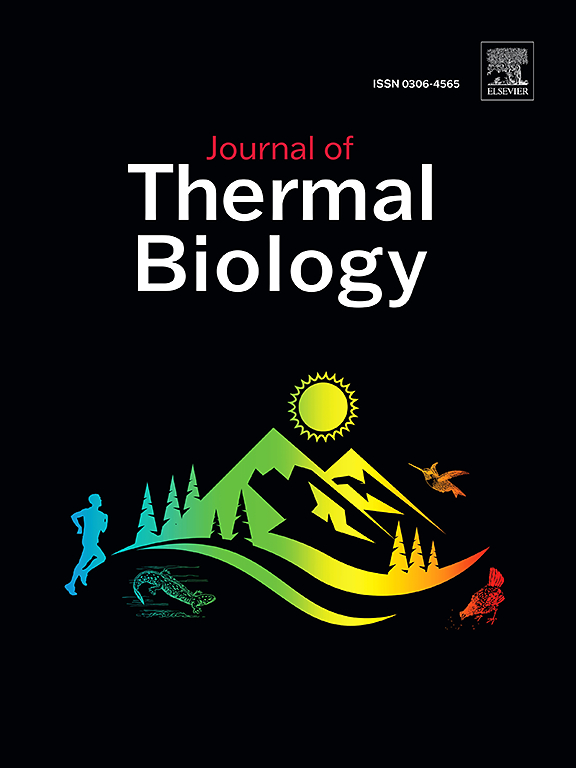利用热敏纳米颗粒建立热增强药物递送预测模型
IF 2.9
2区 生物学
Q2 BIOLOGY
引用次数: 0
摘要
针对实体肿瘤的治疗经常受到耐药性机制的阻碍,这提出了重大挑战。本研究通过利用热敏纳米颗粒(NPs)增强癌细胞对药物的吸收,探讨了热疗和化疗的协同效应。NPs的热响应特性使其能够在高温条件下精确释放药物,使其成为局部治疗的理想选择。为了实现这一点,我们开发了一个多组分的数值模型,聚焦超声增强阿霉素使用肿瘤靶向纳米颗粒递送。该模型结合了血液凝固和非傅立叶传热等关键因素,并根据实验结果进行了验证,从而提高了我们研究结果的可靠性和准确性。最后,开发了一个预测模型来估计热驱动的不可逆细胞损伤与加热功率和NP大小的关系。结果显示,在高温下,药物渗透增加了13倍,死亡细胞的比例增加了4.6倍。这些发现强调了精确控制温度场和加热功率对最佳高温辅助化疗结果的重要性。本文章由计算机程序翻译,如有差异,请以英文原文为准。
Development of a prediction model for hyperthermia-enhanced drug delivery using thermosensitive nanoparticles
Therapies targeting solid tumors are often hindered by drug resistance mechanisms, which presenting significant challenges. This study investigates the synergistic effect of hyperthermia and chemotherapy by utilizing thermosensitive nanoparticles (NPs) to enhance drug uptake by cancer cells. The thermoresponsive nature of NPs enables precise drug release under hyperthermic conditions, making them ideal for localized treatment. To achieve this, we developed a multi-component numerical model of focused ultrasound-enhanced doxorubicin delivery using tumor-targeting nanoparticles. The model incorporates critical factors such as blood coagulation and non-Fourier heat transfer, and it was validated against experimental results, thereby enhancing the reliability and accuracy of our findings. Ultimately, a prediction model was developed to estimate heat-driven irreversible cell damage in relation to heating power and NP size. The results demonstrated a remarkable 13-fold increase in drug penetration and a 4.6-fold enhancement in the fraction of killed cells with hyperthermia. These findings underscore the importance of accurately controlling the temperature field and heating power for optimal hyperthermia-assisted chemotherapy outcomes.
求助全文
通过发布文献求助,成功后即可免费获取论文全文。
去求助
来源期刊

Journal of thermal biology
生物-动物学
CiteScore
5.30
自引率
7.40%
发文量
196
审稿时长
14.5 weeks
期刊介绍:
The Journal of Thermal Biology publishes articles that advance our knowledge on the ways and mechanisms through which temperature affects man and animals. This includes studies of their responses to these effects and on the ecological consequences. Directly relevant to this theme are:
• The mechanisms of thermal limitation, heat and cold injury, and the resistance of organisms to extremes of temperature
• The mechanisms involved in acclimation, acclimatization and evolutionary adaptation to temperature
• Mechanisms underlying the patterns of hibernation, torpor, dormancy, aestivation and diapause
• Effects of temperature on reproduction and development, growth, ageing and life-span
• Studies on modelling heat transfer between organisms and their environment
• The contributions of temperature to effects of climate change on animal species and man
• Studies of conservation biology and physiology related to temperature
• Behavioural and physiological regulation of body temperature including its pathophysiology and fever
• Medical applications of hypo- and hyperthermia
Article types:
• Original articles
• Review articles
 求助内容:
求助内容: 应助结果提醒方式:
应助结果提醒方式:


